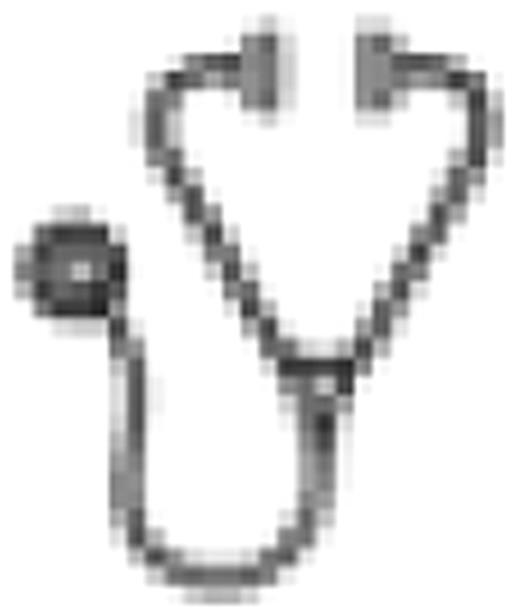Abstract
Abstract 490
T lymphocytes play central roles in cellular immunity, exerting their proliferative and effector activities when they recognize antigens, in HLA-restricted and antigen-specific manner, via T-cell receptors (TCRs). Successful treatment of leukemias/cancers with T-lymphocytes infusions is a direct proof that human immunity has the potential to eradicate cancers. However, continuous exposure to tumor/self antigens drives T lymphocytes into a highly exhausted state, with loss of potentials for long-term survival, proliferation, and effector functions that can end up with deletion of antigen-responding T-lymphocyte pools. Several workers have endeavored to develop clinical protocols for expanding antigen-responding T cells from the few naïve T-cell pools remaining in the patient. However, highly expanded T cells in such protocols have not proved fully effective so far, because functional losses like those in the patient occur during ex vivo manipulation. To overcome this obstacle to T-lymphocyte based immunotherapy, we endeavored to induce antigen-specific TCR-expressing T lymphocytes from induced pluripotent stem (iPS) cells, which were derived from antigen-reactive single T lymphocytes. iPS cells have a capacity for unlimited self-renewal while maintaining pluripotency. These features enabled us to induce an unlimited number of T lymphocytes, especially naïve T lymphocytes, showing reactivity to specific antigens. If they retain properties of naïve T lymphocytes, they may proliferate for a longer period and achieve better therapeutic effects than their peripheral blood counterparts expanded in vitro.
Peripheral T lymphocytes were isolated from healthy volunteers. Then three reprogramming factors (OCT4, SOX2, and KLF4) and additional factors (c-MYC and/or NANOG) were transduced into fresh or frozen/thawed T lymphocytes using a retrovirus. The virus-infected T lymphocytes were then transferred onto mouse embryonic fibroblasts (MEFs) in the presence of cytokines and chemicals favorable for T-lymphocyte survival/proliferation. iPS-like colonies were observed within 3 weeks after infections. Single T lymphocyte-derived colonies were isolated and clonally expanded. They exhibited standard ES-like morphology, cell surface markers and alkaline phosphatase activity, as well as differentiation potential into various tissues related to all three germ layers. Human TCRs are encoded in four genes (TCRA, TCRB, TCRG, TCRD), which should be genetically assembled in an irreversible manner during T-lymphocyte development. This feature allowed us to retrospectively confirm the iPS cells were generated from T lymphocyte. The TCR genes rearrangement encoded in an iPS colony was single in all iPS lines, indicating that the iPS colony was derived from single T lymphocyte. Sequence analyses of TCR genes revealed whether the rearrangements were productive, and the productivity might promise the conservation of TCR genes rearrangement during the reprogramming process. Next, we tried to re-differentiate T-lymphocyte derived-iPS (T-iPS) cells into T-lineage cells by co-culturing them with murine stromal cell layers (OP9 and OP9-DL1). These T-lineage committed cells were expressed TCRab heterodimer and T-cell surface markers such as CD3. They could activate via TCR stimulation, and produce IL-2 and IFN-g as maturing T lymphocytes. The re-differentiation efficiency of T-iPS cells was higher than those of embryonic stem cells, fibroblasts derived-iPS cells, or cord blood derived-iPS cells. mRNA sequence of TCRs transcribed in re-differentiated T-lineage cells was identical to that engraved in the pre-differentiated T-iPS cells genome. The invariance of the sequence, especially antigen-recognition site sequence, indicated that the antigen-specificity in original T lymphocyte was conserved during re-differentiation process.
Here we show that the conservation of the antigen-specificity encoded in TCR genes throughout induction of T-iPS cells and re-differentiation into T-lineage cells. These data suggest that further optimization of these processes for clinical application could open the door to the development of novel T-lymphocyte therapy, repeatedly supplying patient-compatible and disease-specific naïve T lymphocytes.
No relevant conflicts of interest to declare.

This icon denotes an abstract that is clinically relevant.
Author notes
Asterisk with author names denotes non-ASH members.

This feature is available to Subscribers Only
Sign In or Create an Account Close Modal